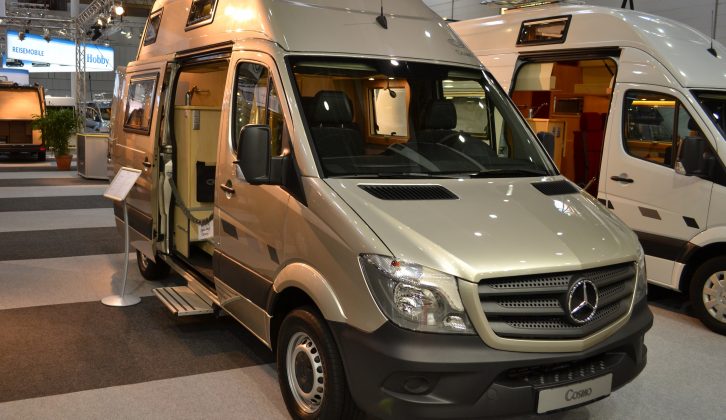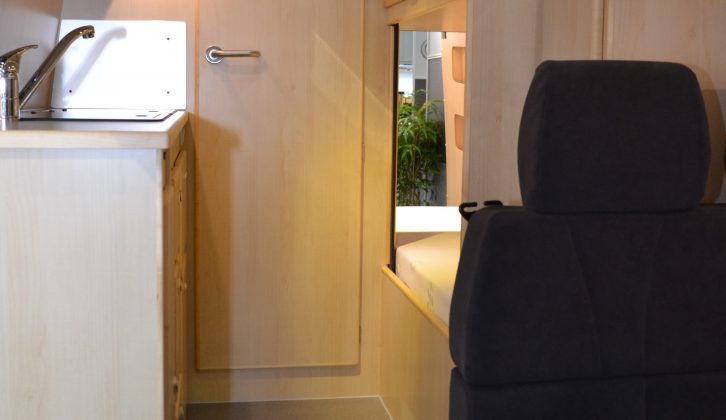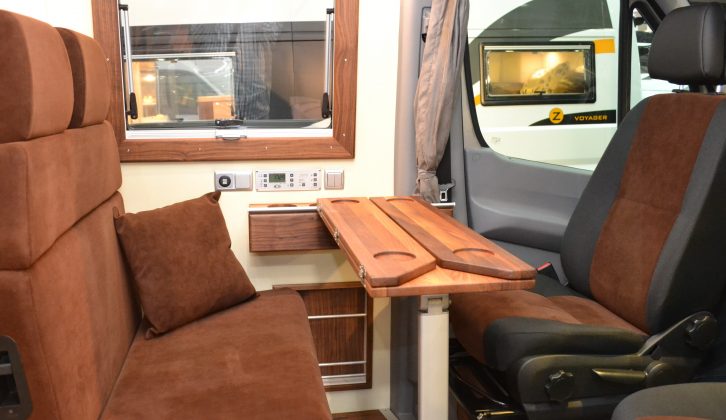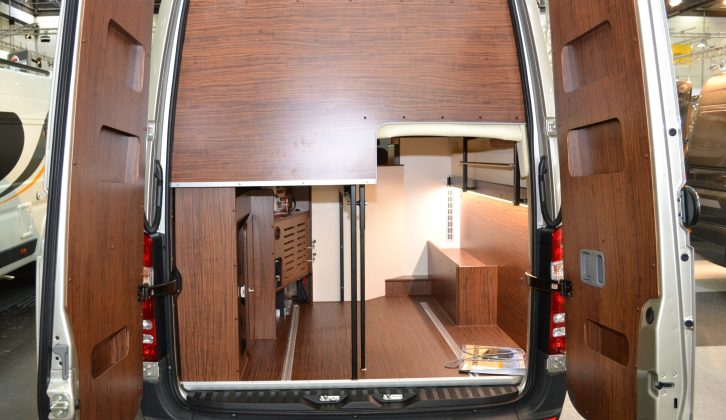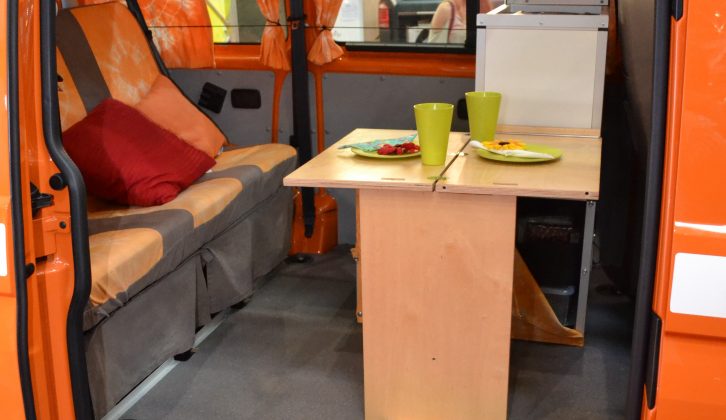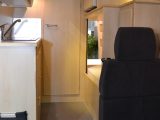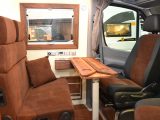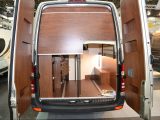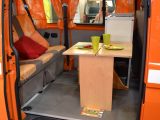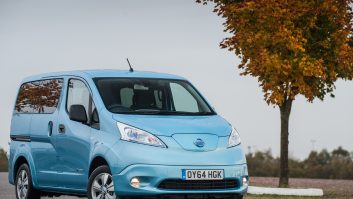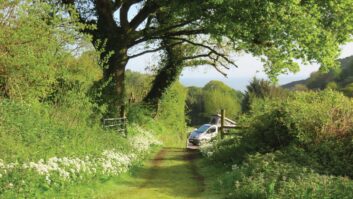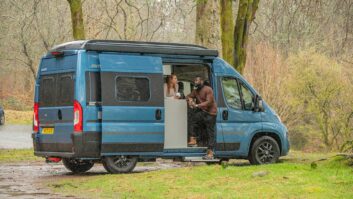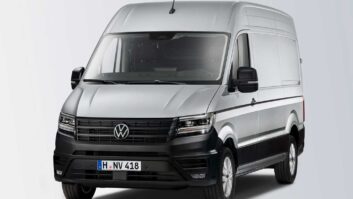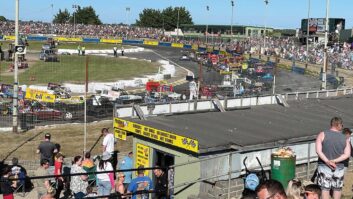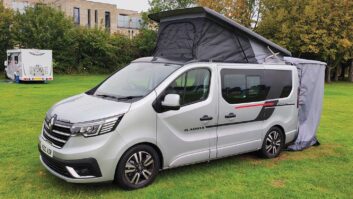Step into the Caravan Salon, Europe’s biggest motorhome and caravan show, spread out over a huge site in Düsseldorf in Germany, and the first thing you see are big names. There they all are, the Bürstners, the Hymers, the Carthagos and so on, busy showing off this year’s coachbuilts and mega-size A-classes under the spotlights. The huge amount of plywood and polystyrene on their displays is a clear sign of how much money these companies must put into what is undoubtedly their most important selling arena. It’s all very, very exciting.
But if you ever tire of hearing yet another version of why this particular form of GRP construction is the best, there is another place you can go to on the same site for a different take on the key issues. For there is always one hall at the show – this year it was Hall 15 – which is given over to ‘kastenwagen’ or van conversions. And in that hall you can see some of the most inspiring examples of thoughtful design you are likely to find – not just within the motorhome industry, but very possibly anywhere.
The sheer inventiveness some of these very small manufacturers have used to try to solve the key question – how do we use necessarily limited space and resources to create something that a family with differing needs can live and travel the world in? – is quite breathtaking. So too is the determination these boffins show in presenting their ideas to the world. Last year I came across a Ukrainian lady who had brought her very clever campervan prototype, complete with an incredibly adaptable kitchen unit, all the way from Kharkiv. As that was a city that only a few months previously had been under heavy bombardment, it put our own exasperation with Ryanair’s luggage allowance into perspective.
There was no sign of her this year, but there were plenty of others pressing forward. A company called SpaceCamper, for example, was busy videoing its latest campervan, which comes with a pop-up roof that’s fully open at the front and has ingenious, if rather roughly made, furniture units that extend outwards from both sides of the back seat. Anything is possible with this camper, I was told. Including maybe exporting it to the UK? A frown appeared. “Maybe one day,” the answer came. In this post-Brexit world, you never can tell.
Other possibly more established makes that caught my eye included Bresler Mobile, with partially coachbuilt solid upstairs bed spaces and UK-friendly rear lounge designs, and Flowcamper, whose designers clearly have a penchant for the 1960s – it’s a long time since I have seen so much tie-dye in a campervan.
Nor are all these companies fly-by-night affairs. CS-Reisemobile, for example, has been building ’vans at its factory near Hamburg for a good three decades now, for the last 16 years exclusively on Mercedes-Benz base vehicles. I particularly liked its Cosmo model, which seems to have solved the issue of what to do with the one sulky teenager who still has to go on holiday with mum and dad. Simple: mum and dad can sleep in the roof up top while he/she sleeps in a cosy single bed in the rear, which comes with its own separate entrance yet still has access to the loo. Oh, and it doubles up as a space for bikes, too. Of course, you then look at the price list and realise there may be a reason why some of these ideas haven’t yet made it across the Channel. Who is going to buy a ’van that, no doubt thanks to its base vehicle, costs close to £90,000? Not many people in the UK, anyway.
Still, that doesn’t stop you coming away from Hall 15 marvelling at the endless ideas coming forward. It’s well worth the effort – and as the 2016 Caravan Salon in Düsseldorf runs until 4 September, there’s still time!
The sheer inventiveness of some of these very small manufacturers is quite breathtaking
